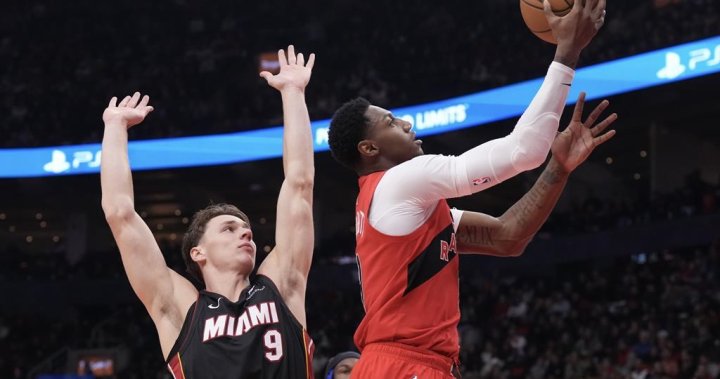The Curator independently decides what topics and products we feature. When you purchase an item through our links, we may earn a commission. Promotions and products are subject to availability and retailer terms.
On April 8, a total solar eclipse will occur in North America. The event, in which the Moon passes between the Sun and Earth and blocks the Sun in perfect alignment, will make it look like dawn or dusk but in the middle of the afternoon.

Although partial lunar and solar eclipses occur regularly in Canada, this will be the first total solar eclipse in the country since February 26, 1979. When the eclipse passes through Ontario, Quebec, New Brunswick, Prince Edward Island, Nova Scotia, and Newfoundland and Labrador, several places will go completely dark for a few minutes.
Because the total solar eclipse takes place during a school day, many boards across the provinces are either moving PA days, planning asynchronous learning days, or letting students out early. They don’t want students travelling on buses or commuting during that time for safety reasons.
If you plan on experiencing the big event at home, be sure to follow certain precautions. According to NASA, looking at the Sun with the naked eye is never safe. Furthermore, you shouldn’t use a camera lens, telescope, binoculars or other optical devices — even if you have a solar viewer.
“The concentrated solar rays will burn through the filter and cause serious eye injury,” it warns. “Viewing any part of the bright Sun through a camera lens, binoculars, or a telescope without a special-purpose solar filter secured over the front of the optics will instantly cause severe eye injury.”
If you’re picking up a set of solar viewers or eclipse glasses for the big event, ensure you find a pair that complies with the ISO 12312-2 international standard. NASA warns that regular sunglasses are not a suitable replacement for proper solar viewing glasses. It also does not approve of any particular brand of solar viewers.
Inspect your eclipse glasses and handheld viewers before use. If they’re torn, scratched or damaged, throw them out. And always supervise children using such devices.
While Global News doesn’t endorse any particular brand of solar eclipse viewers or glasses, some options are available on Amazon.
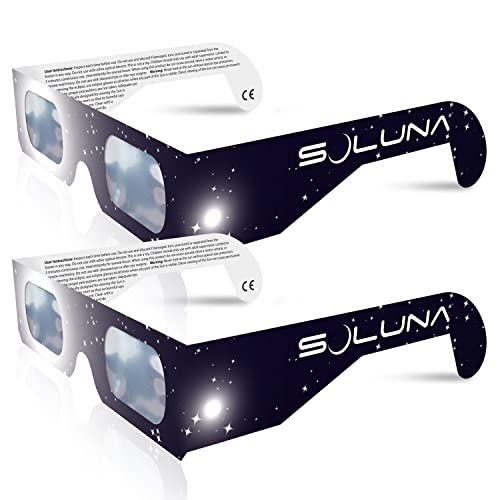
Soluna is manufactured in the USA and claims to be ISO-compliant under the most current standards. These glasses feature a scratch-resistant, silver polymer lens material and purport to filter 100 per cent of harmful ultraviolet rays.
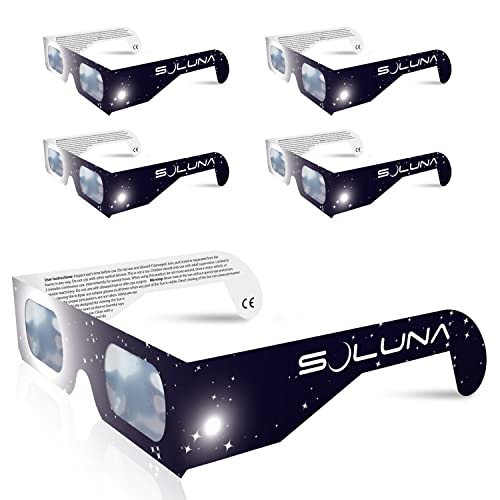
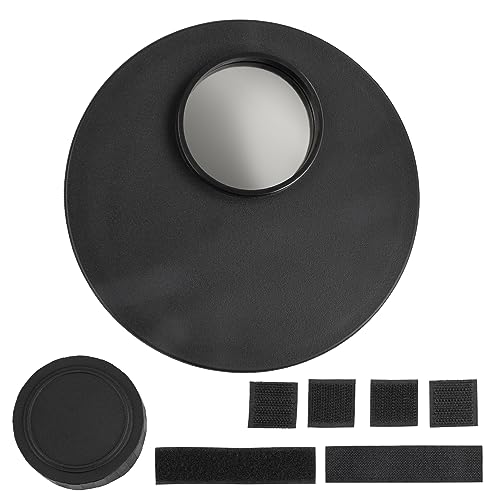
Celestron (a company specializing in telescopes and other viewers) makes a solar eclipse telescope filter if you have a telescope and would like to magnify your eclipse-viewing experience. Celestron claims this snug lens is ISO-compliant and compatible with Celestron AstroMaster 114EQ and Celestron 114AZ-SR telescopes.
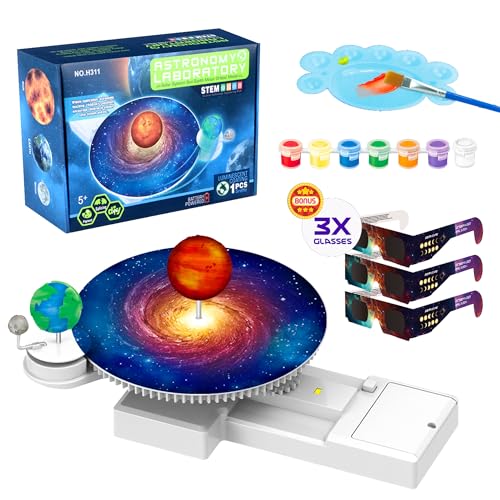
If you’ve got kids and want some help explaining how the eclipse works, this fun craft helps you recreate a model of the event at home. It comes with everything you need to build and paint the Earth, Sun and Moon, but some users warn to read the complete instructions before building because the glow-in-the-dark paint requires mixing before use. This kit also comes with three pairs of solar eclipse glasses, but it’s unclear if they meet ISO standards, so you may want to purchase backups.

Want to take your eclipse learnings even further? This model and projector are designed to help younger kids understand how our solar system works and where the planets are situated in relation to Earth. The kit comes with three reel discs and 24 learning photo slides that can be projected onto the ceiling to help further contextualize our space journey.

Interested kids might want to learn more about the solar system, dwarf planets, comets and other space details they won’t get from a model. Luckily, this all-encompassing book from National Geographic is full of those details and presented in a kid-friendly way.
© 2024 Global News, a division of Corus Entertainment Inc.




